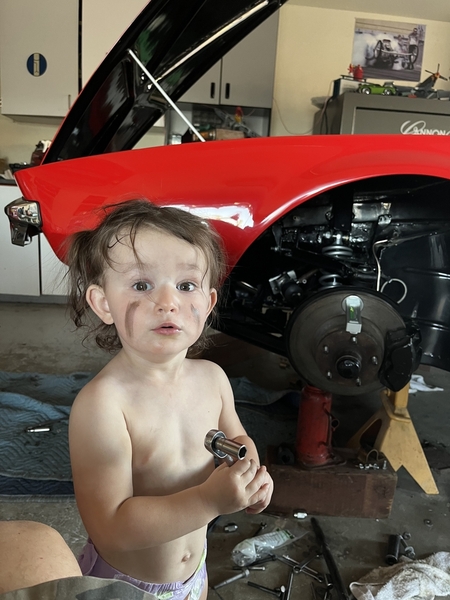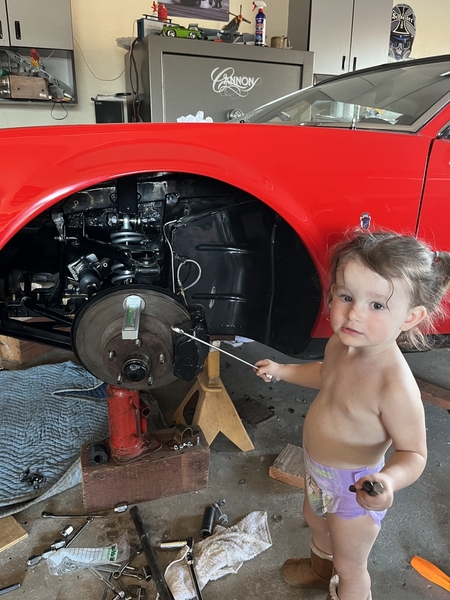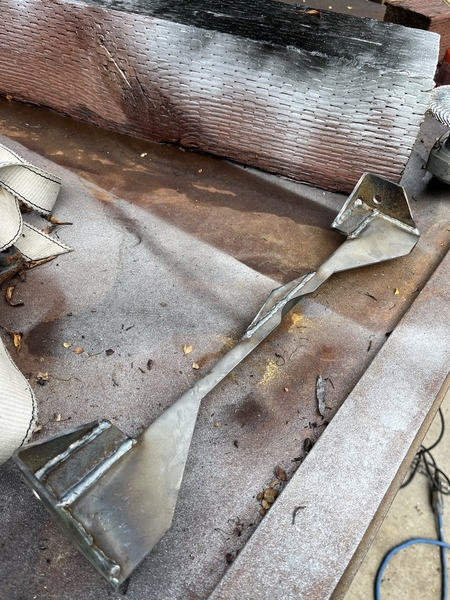@Rob Fridenberg posted:Changing shocks has morphed into a major suspension geometry project!!
Interesting discussion!
Yes but all considered, is worth the discussion. If you are going to mess with the bump steer, when you do the shocks and springs would be a good time to consider it.
What was available 25 or 30 years ago is not necessarily what is available now.
At this moment, it does not appear that Aurora makes that combination of a rod end. If I am understanding this correctly, it's a 5/8" bore and an 1/2"-20 thread. None of the suspension shops I've talked to SO FAR have it or see it as available.
That MAY explain why so many of the "kits" are adapting a male rod end with that double threaded sleeve?
I'm aware that the rack centerline moves forward 3/8" shimming it down 3/8". I saw that up against my battery box and had to clip that corner and switch to a socket head bolt.
It is entirely possible that on a street car this is just an academic exercise in futility but at the moment gives me something to do in laying out the details.
I do not look forward to measuring the bump steer. That ain't fun.







